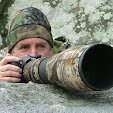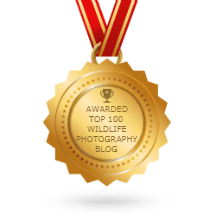I'd been sitting in my hide on the banks of the River Camel since 06:30 this morning photographing Dippers and Grey Wagtails but secretly hoping for an Otter to pop its head out of the water to say "Hello" !
Then I get a message from our What's App birding group telling us of a Minke Whale a few miles down the coast between Perranporth and Porthtowan. Initially I ignored it but then the light got too bright for photographing dippers so I headed home.
After a bite to eat another message came through saying the whales were showing well close to shore so I though I'd give it a go!
A quick call to Steve Rowe who was onsite and I had the whereabouts and parking details so off I went down the A39 & the A30.
As soon as I arrived I spotted Ian Boreham on the headland...or Cetacian as he's known due to his ability to always turn up whales and dolphins whether he's on a boat, cliff or probably even whilst out shopping!
Also met up with Al Scarlett who also specialises in filming marine life and then Mike and Heather Taylor, so I was amongst the experts!
They had distant views of a Minke from their vantage point at Cligga head but I failed miserably to get onto it with my binoculars.
After a few incoming calls it was decided that there was a better chance farther down the coast at St.Agnes Head where other watchers had a Minke in close to shore.So it was a quick drive down to there and unlike Cligga only a short walk from the car!
At St.Agnes we met up with friends Dave and Kate Williams and Pauline McKeogh who were already watching a whale close to shore.
Good also to catch up with Terry and Charlotte down at St.Agnes.
This time I got onto it with the camera although it was difficult to find in the viewfinder as it surfaced due to having no reference point to guide me . As soon as I saw it with my eye and then got the camera on it the head had already gone back underwater, if it had shown at all.
However I did manage a half a dozen pics that were reasonable record shots of the animal so I was pleased.....and there's always another day!
















%20(1).JPG)
































